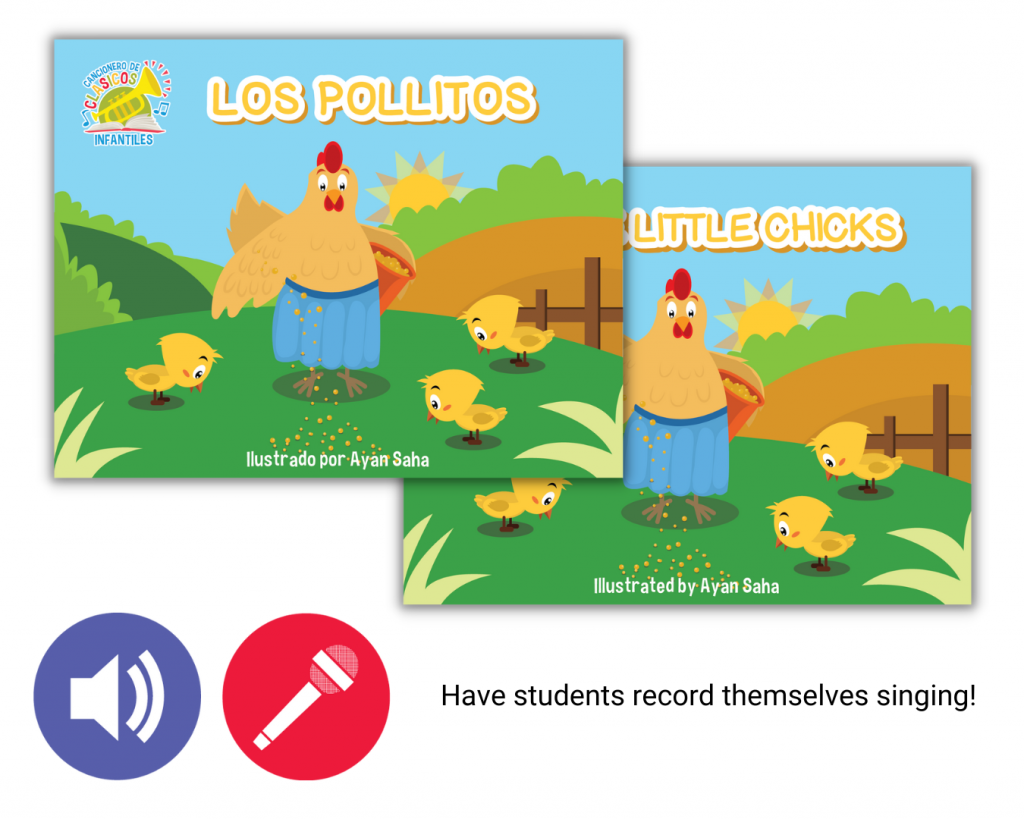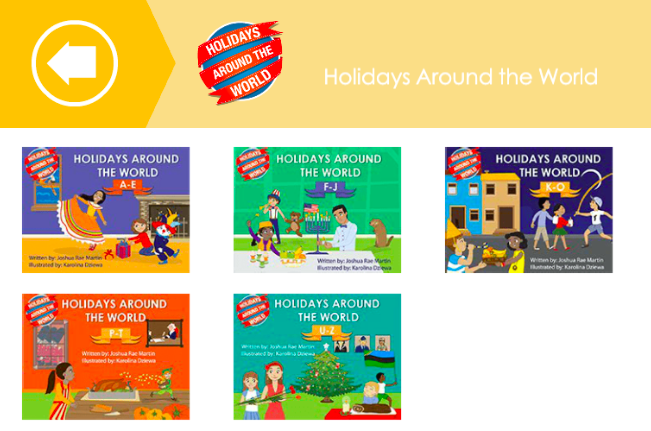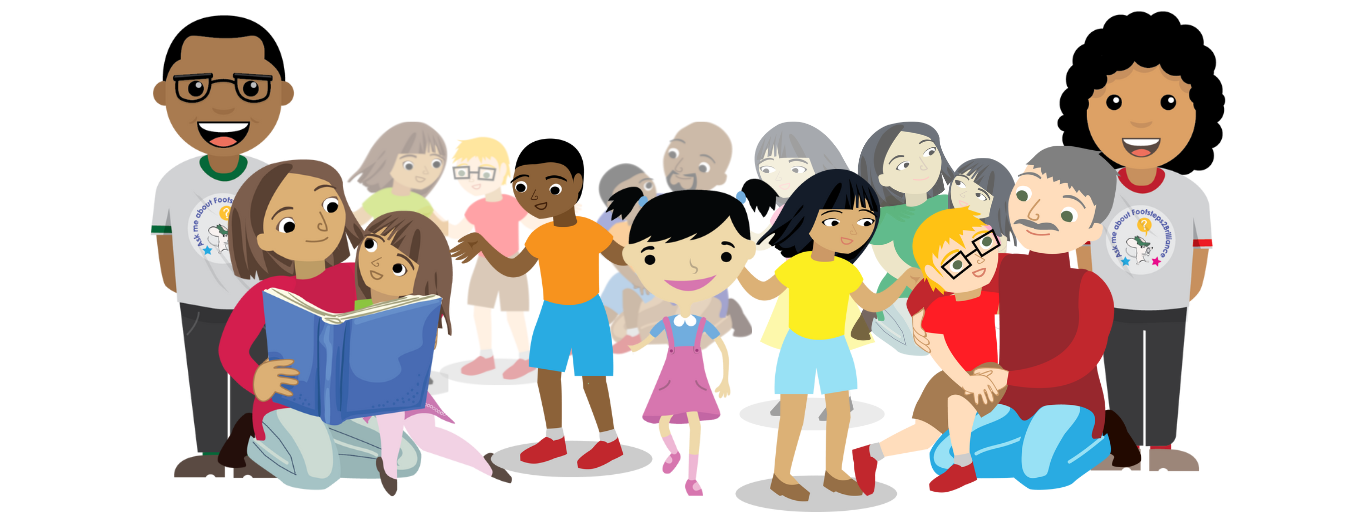English Learners thrive in classrooms that are asset-based. Asset-based pedagogy views the diversity that students bring to the classroom as strengths and assets, not weaknesses or deficits. English Learners bring cultural and linguistic diversity to your classroom. Creating an environment that celebrates and honors those assets will help your English Learners–and the rest of your class–thrive. Learn how to create that environment in this week’s Teacher Tip Tuesday.
How to create an asset-based classroom environment for your English Learners to thrive in

Asset-based pedagogy supports literacy development better than practices which view the cultures and languages of diverse students as deficiencies that needed to be overcome.
Let's look at the basic differences between asset-based and deficit-based pedagogies
Asset-based
- Sees opportunities to grow
- Asks: What foundation is already there that we can build upon?
- Champions diversity
Deficit-based
- Sees problems that need to be fixed
- Asks: What is lacking that must be compensated for?
- Suppresses diversity
Your students will thrive when they know they are valued for the unique cultural and linguistic assets they bring to your classroom.
Celebrate diversity in your classroom to make students feel like they belong and that they contribute positively to the class. You can do this by incorporating linguistic and cultural diversity into your instruction. It’s important to learn about and honor the holidays of many cultures in a meaningful way, and beyond that, to deepen your understanding of their customs and traditions.
Use Footsteps2Brilliance’s Traditional Spanish Songbook series to incorporate linguistic and cultural diversity into your literacy instruction. You can find this series on the Level 1 (Red) shelf of your Footsteps2Brilliance app. Click to read, listen to, and sing along with Los Pollitos.
Mark your calendar and use the Footsteps2Brilliance Holidays Around the World series to learn about celebrations throughout the year. Students can learn from each other about customs and traditions in different cultures. This series can be found in Level 2 (Yellow) of your Footsteps2Brilliance app.

One way to celebrate the diverse communities your students come from is to bring those communities to the classroom. Ask parents and family members to come in to be guest readers. Invite esteemed community members to facilitate a cultural learning activity. When possible, take students on trips to community centers for experiential learning.





